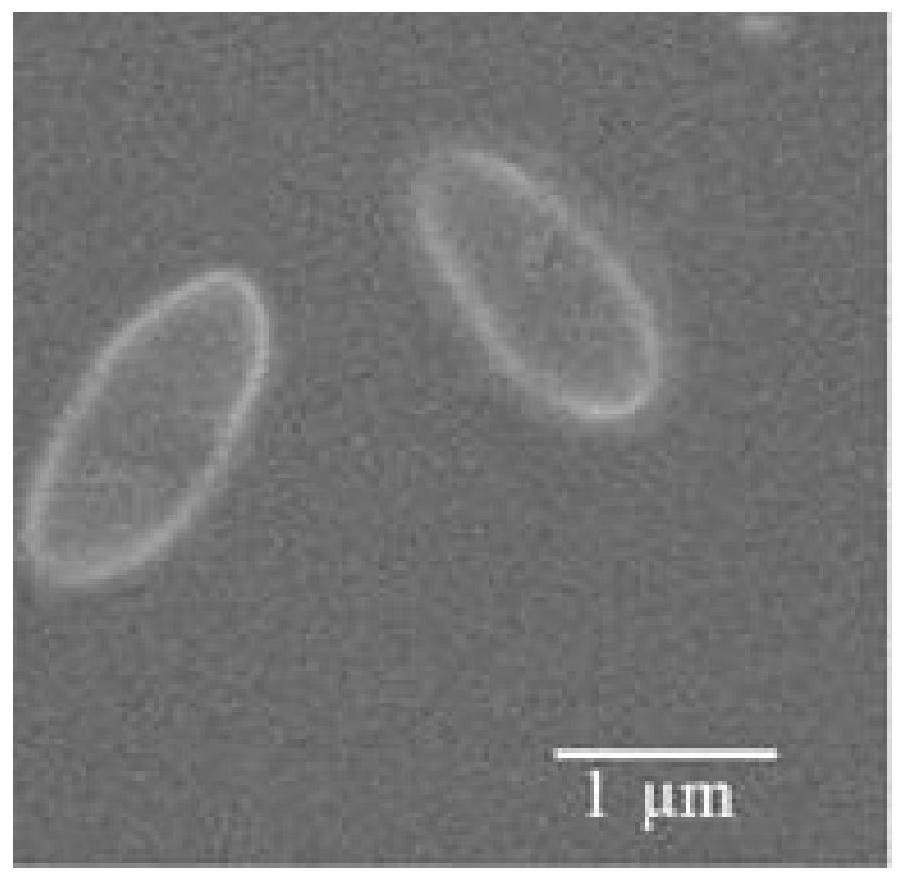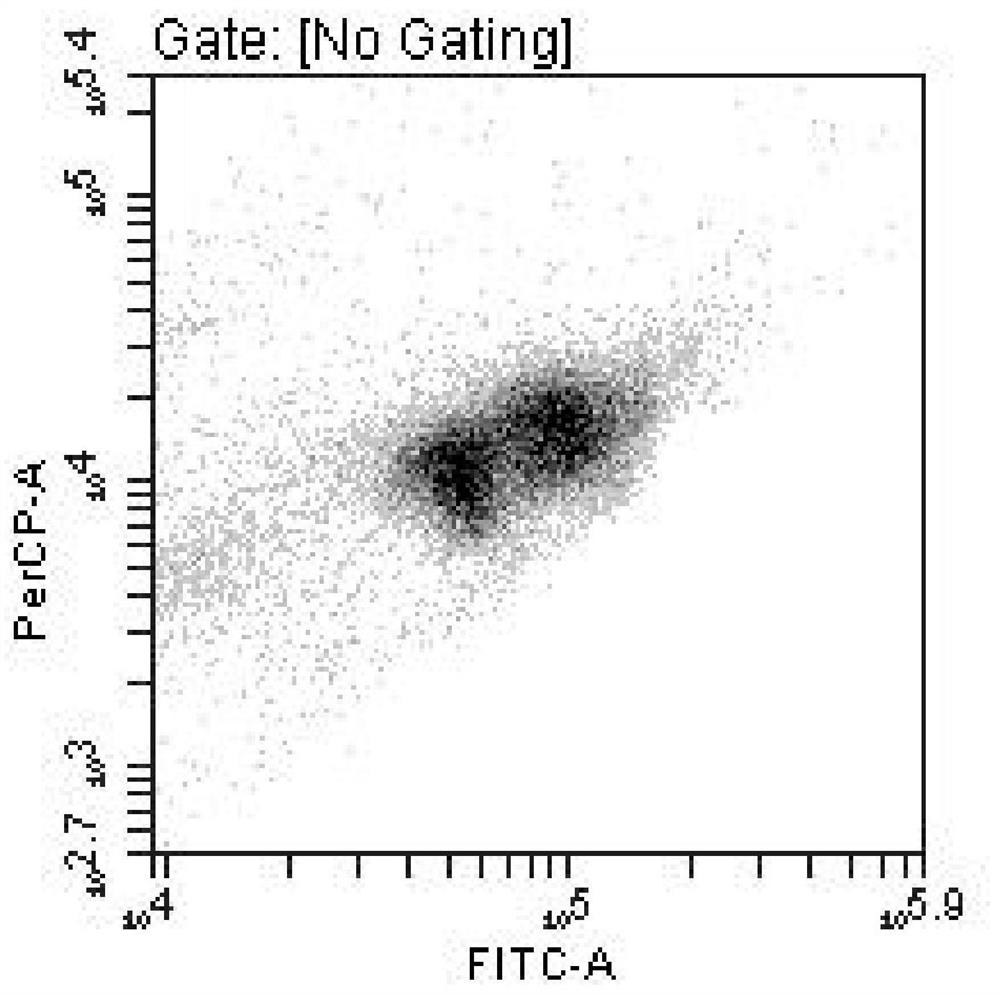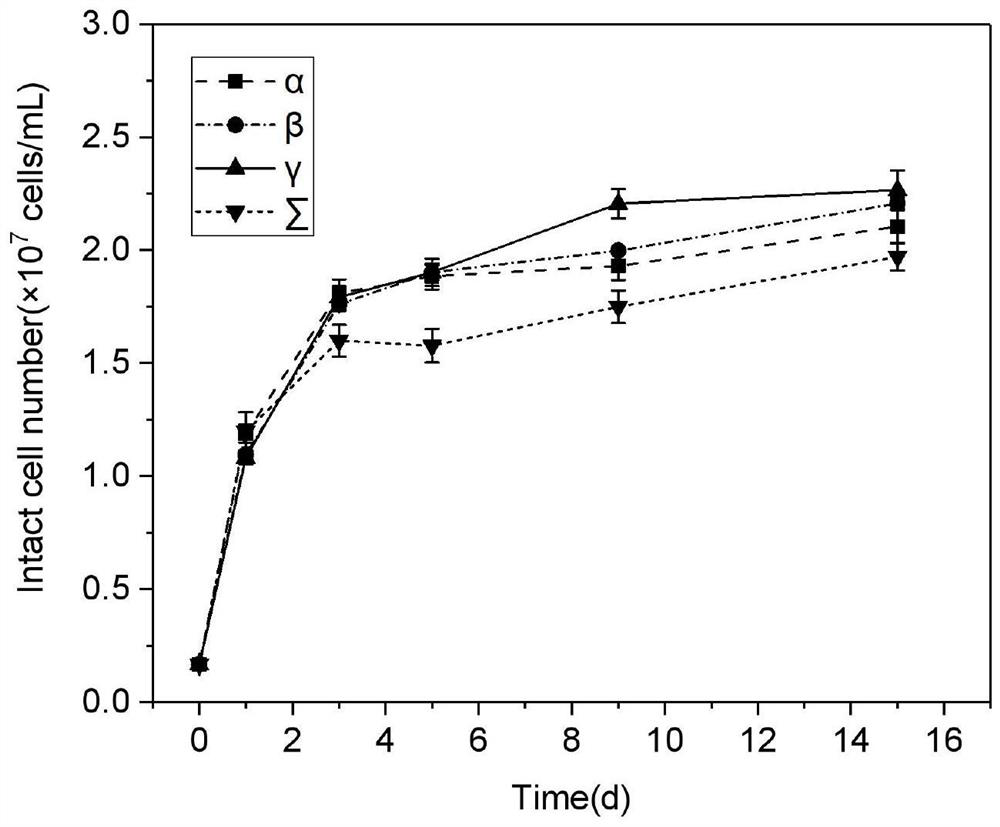A strain of Citrobacter zyd-1 and its application in the degradation of hexabromocyclododecane
A technology of hexabromocyclododecane and citric acid bacteria, which is applied to the restoration of bacteria and contaminated soil, and methods based on microorganisms, to achieve the effect of simple operation process and low requirements for management conditions
- Summary
- Abstract
- Description
- Claims
- Application Information
AI Technical Summary
Problems solved by technology
Method used
Image
Examples
Embodiment Construction
[0031] The Citrobacter sp.ZYD-1 provided by the present invention was preserved on November 2, 2018 in the General Microbiology Center of the China Microbiological Culture Collection Management Committee (No. 3, No. 1, Beichen West Road, Chaoyang District, Beijing, Microbiological Research, Chinese Academy of Sciences Institute), preservation number CGMCC No.16678, proposed to be classified as Citrobacter sp.. The bacterial strain is a Gram-negative bacterium, white, and is a grayish-white opaque circular colony raised on the surface. It is rod-shaped under a scanning electron microscope, with a diameter of 0.5-0.7 μm ×1-2μm. The scanning electron microscope and flow cytometry pictures are attached figure 1 And attached figure 2 shown.
[0032] The screening method of Citrobacter ZYD-1 of the present invention, concrete steps are as follows:
[0033] Soil samples of e-waste were collected in May 2016 from the recycling and dismantling site of waste electronic information pr...
PUM
 Login to View More
Login to View More Abstract
Description
Claims
Application Information
 Login to View More
Login to View More - R&D
- Intellectual Property
- Life Sciences
- Materials
- Tech Scout
- Unparalleled Data Quality
- Higher Quality Content
- 60% Fewer Hallucinations
Browse by: Latest US Patents, China's latest patents, Technical Efficacy Thesaurus, Application Domain, Technology Topic, Popular Technical Reports.
© 2025 PatSnap. All rights reserved.Legal|Privacy policy|Modern Slavery Act Transparency Statement|Sitemap|About US| Contact US: help@patsnap.com



